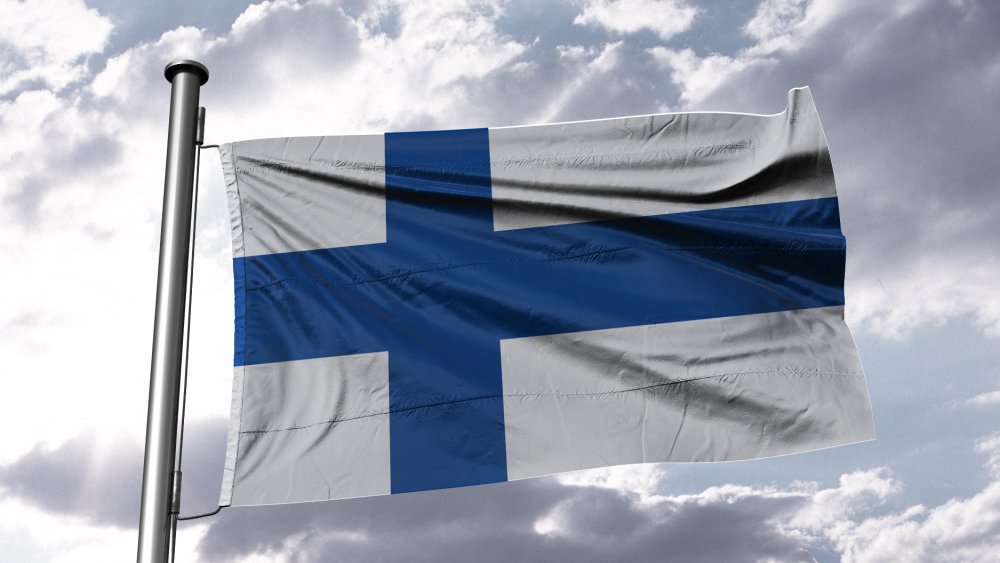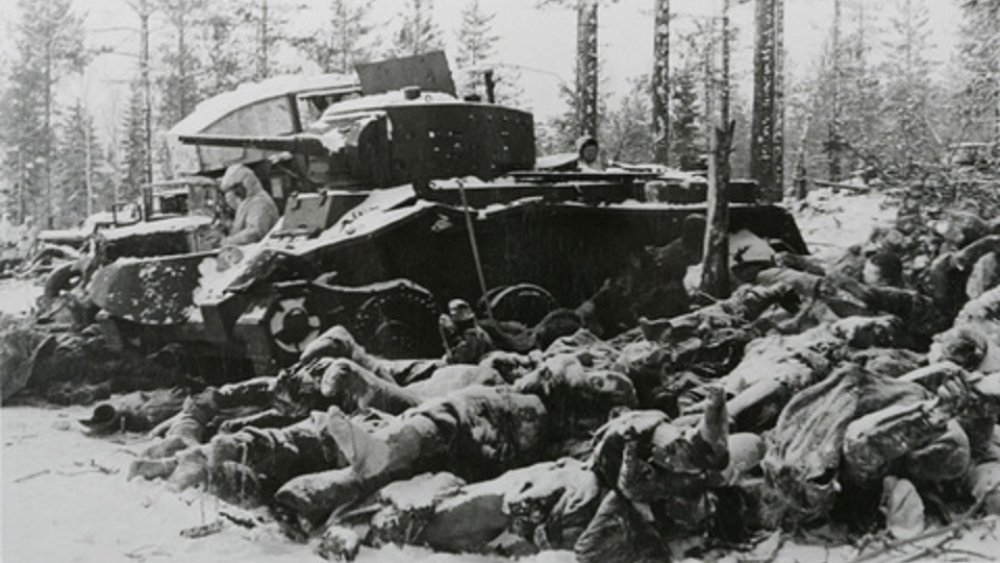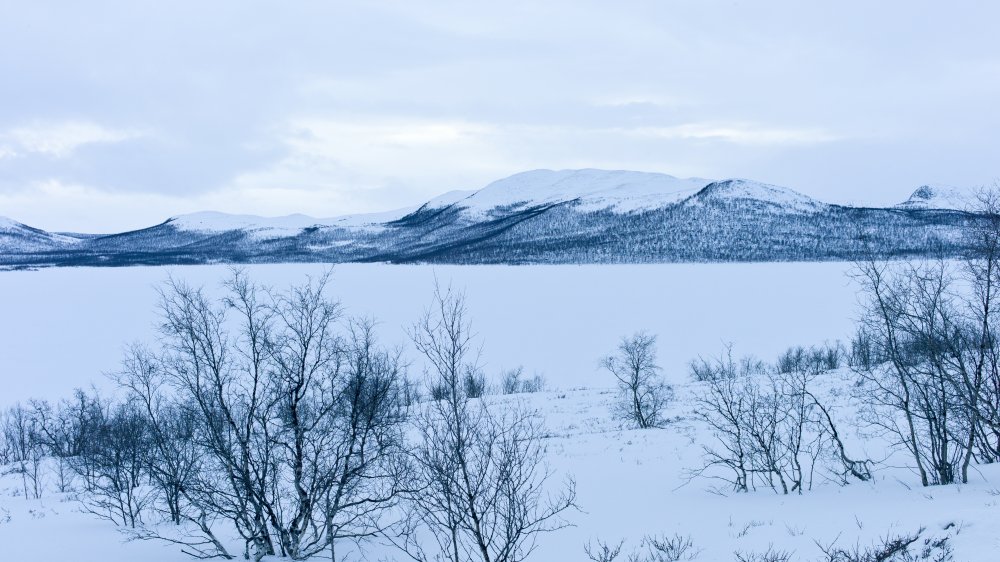The Winter War: Finland's Heroic Stand Against A Soviet Invasion
Long before Finland became known for Moomin, Nightwish, igloo hotels in Lapland, and a superb educational system, it had a rough and war-filled history. In fact, Finland wasn't a unified, independent nation until 1917 when it gained its sovereignty from Russia after literal centuries of being caught between Russian and Swedish vies for territory and power. As far back as 1326, when modern-day Finland was under the control of the Kingdom of Sweden (and composed of separate regions with distinct cultures such as the Sami), the Treaty of Novgorod gave the Finnish region of Karelia to Novgorod (now a part of Russia).
By the time 1617 rolled around, the Swedes forced Russia to give back some of what was once theirs, and this led to a series of back-and-forths that drew and redrew the eastern border of Finland again and again, as depicted on This is Finland, until Russia straight up invaded and burned Helsinki to the ground in 1809, per History. At that point Finland was renamed the Grand Duchy of Finland, subject to Russian Tsarist rule, and would stay that way until 1917 when the Bolsheviks arose in Russia, and Finland declared independence. The desire for independence had been brewing in Finland for awhile, from 1914-1918 under the student-led Jäger movement, who received help from Germany in order to destabilize Russian power, as described on Kings and Generals.
The ultimate underdog scenario
In 1917 Finland got its modern geographic silhouette, shaped like a lady with her arms raised high. The unified Finns started building a line of defensive bunkers along the Karelian Isthmus dubbed the Mannerheim Line, rightly anticipating future attacks from Russia. The Mannerheim Line, while widely propagandized, still constituted a key defensive position for Finland, and its row of swamps, lakes, and forests would presage future, guerrilla-warfare combat conditions between Finland and Russia.
By 1935, Stalin started building a railroad towards the Karelian Isthmus, and coyly offered a treaty with Finland that would create a base on the Hanko Peninsula, allowing Russian troops on Finnish soil in the event of a German attack. All such pretenses at diplomacy were lost, however, when Germany invaded Poland in 1939 and kicked off World War II. Russia decided to invade Finland, while defending from Germany within Poland, and developed an overly ambitious plan to push all the way to Helsinki in a mere three weeks in the dead of winter. This unjustified confidence would define much of Russia's upcoming trouble in dealing with their underdog neighbors.
On November 30th the Winter War was on (formally known as the Russo-Finnish War), a conflict that would last until March, the following year. The Red Army wanted to split Finnish forces above Lake Ladoga, north of the Mannerheim Line, as well as seize the coastal city of Petsamo along the Arctic Ocean to the north, to prevent oceanic intervention from Norway.
The lady loses an arm, but keeps her body
By sheer numbers, the Russian military had an enormous advantage. 2300 tanks to 26 (yes, only 26 for the Finns). Superior firepower from the air, and hundreds of thousands of more troops. Finland, however, knew how to use the forested-and-frozen-laked terrain of its country to its advantage, and, in a perfect turnabout for when Napoleon's troops couldn't deal with Russian winter, Russian troops couldn't handle the Finnish cold.
Finland won some early, clutch victories, such as the Battle of Taipale along the Koukkuniemi Peninsula, using their artillery to hold the line and brutalize oncoming Russian tanks. Despite some poorly coordinated attacks from the Finns (one of them was dubbed the "Idiot's Nudge," per Kings and Generals), the Finns managed to concede only minimal land to the Russians, whose supply lines were stretched thin. Further north, the Finns (it may help to imagine riflemen on skis at this point) cut the Russian supply chain completely in half along the Lemetti Road east of Lake Ruokojärvi and Lake Syskyjärvi. Group Talvela, named after veteran and morale-boosting leader Colonel Talvela, pincered the Russians at the village of Agläjärvi, losing 800 men while the Russians lost 6,500.
In the end, though, the Russians broke through the Mannerheim Line, per Britannica, and Finland was forced to give up part of western Karelia per the Treaty of Moscow. The lady of Finland might have lost an arm, but she lived, nonetheless.


